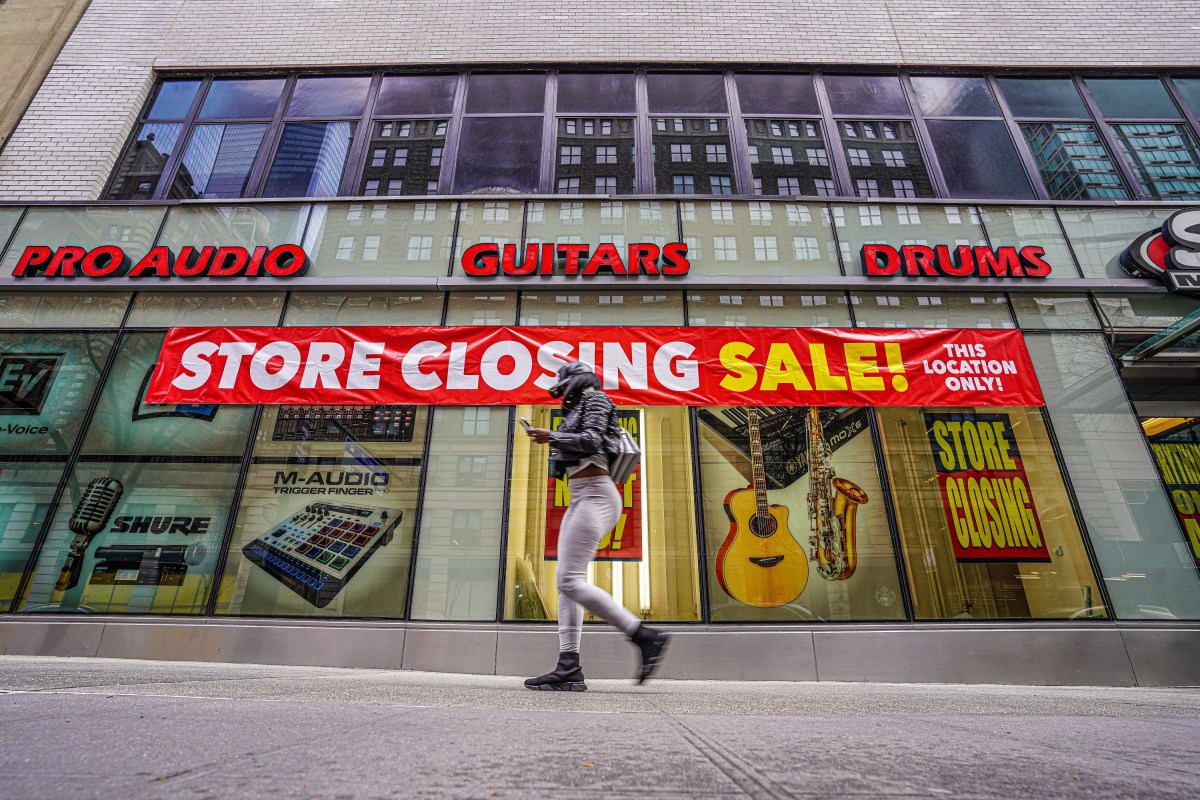TORONTO – If the swine flu situation becomes more severe and countries start squabbling over scarce pandemic vaccine supplies, Canada will be sitting pretty.
This country is in what might be a unique – or at least rare – position globally, able to fill all its pandemic vaccine needs within its borders.
That is not just a happy coincidence. Planning that started in the early 1980s, when bruises inflicted during the 1976 swine flu scare were still sore, led visionary Canadian pandemic planners to the realization that the only way to be assured access to vaccine in a flu pandemic was to have it made within the country’s borders.
“It was the foresight of many people that’s allowed us to have something in place that few countries have,” says Dr. David Butler-Jones, Canada’s chief public health officer and head of the Public Health Agency of Canada.
Most of the world’s supply of flu vaccine is made in Europe, where much of it is used. Manufacturing facilities are located in France, Germany, the Czech Republic, among other places. The U.S., Australia, Japan and China also have flu vaccine plants within their borders.
And Canada has one as well, a plant in Ste-Foy, Que., currently owned by GlaxoSmithKline. That plant, expanded in recent years with federal government funding, is able to pump out 14 million vials of vaccine a month, and produce more bulk vaccine as well.
But in 1976, when 500 army recruits at Fort Dix, Md., fell ill with influenza caused by a swine flu virus, this country was in the position of having to purchase flu vaccine from the United States.
When then-U.S. president Gerald Ford famously declared the U.S. would vaccinate every man, woman and child against the new virus, Canada put in an order for swine flu vaccine and waited for its delivery.
It never came.
Dr. Susan Tamblyn, who has been a fixture in Canadian pandemic planning since the beginning, said in a 2005 interview with The Canadian Press that failure to secure vaccine made early pandemic planners realize the importance of security of supply.
Tamblyn is now a consultant for the Public Health Agency and declined to be re-interviewed on the subject. But in the earlier interview about the origins of the pandemic plan, she said no reason was ever given for why the order was not filled.
“I just know we couldn’t get our vaccine. I don’t understand exactly why. And we never really got to the bottom of that – whether it was a government decision or a company decision because they were supposed to sell everything to government. That I don’t know,” Tamblyn said.
“That’s what triggered the move to security of supply…. Security of supply was a real sore point to us.”
In 2001, Canada signed a pandemic vaccine contract with Shire Biologics, which then owned the Ste-Foy plant and a related facility in Laval, Que. Shire later sold to ID Biomedical, which then sold to GSK.
The contract, which has transferred with the ownership of the facilities, requires the holder to be at the ready to make pandemic vaccine for Canada at all times. That means having an available supply of hens’ eggs year round to make vaccine, if it is needed.
The 10-year contract gives Canada first access to the vaccine produced at the plant. And it required the owners to upgrade the facilities, which were initially too small to meet Canada’s pandemic needs.
All the while, the issue of security of supply was on the minds of those working on the pandemic plan and the vaccine contract.
“One of the considerations when we decided to proceed with having a domestic supply in Canada in 2001, and why we put a domestic contract in place was certainly concern related to border closures in the event of a pandemic. So that we had a secure supply in the country,” says Dr. Arlene King, formerly the point person for the Public Health Agency of Canada’s pandemic preparedness efforts.
King, who last month became Ontario’s chief medical officer of health, was not with Health Canada when Tamblyn and a small coterie of other people started grappling with what it would take to get the country through the next flu pandemic.
Those early pandemic planners included: Dr. John Spika, recently returned to the Public Health Agency after a stint with the World Health Organization; Dr. Greg Hammond, who later went on to lead Manitoba’s public health branch; and the late Dr. John Waters, who served as Alberta’s provincial health officer.
“There’s a number of people like that who I think have been real champions (of pandemic preparedness) long before I picked up the banner when I started my public health career,” King says.
Work accelerated in 1997, when the H5N1 avian flu virus infected 18 people in Hong Kong, killing six and igniting fears a pandemic might be starting. In late 2003 when H5N1 re-emerged in Asia, the work took on new urgency.
As a result of all this work, Canada had the first national pandemic plan and the first pandemic vaccine contract. And when GSK’s production line starts pumping out pandemic vaccine, the plant will be producing more than what Canada needs.
The excess vaccine – the vaccine the GSK facility cannot bottle in Ste-Foy – will be exported in bulk form to the U.S. and Europe for customers elsewhere, Butler-Jones says.
Would Canada close its borders and refuse to allow vaccine out of the country?
“No. I can’t imagine that at all,” he says. “A, it’s not in anybody’s interest. B, we’ve been fortunate with the planning and work to ensure that in a timely way we will have vaccine for Canadians.”
–
Follow Canadian Press Medical Writer Helen Branswell’s flu updates on Twitter at CP-Branswell
















